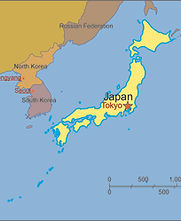
Paddock Arts
- Mr. Zielinski-
-Visual Arts and Drama-
I'stuart paddock art palatine school musicals", "art drama palatine school play"stuart paddock art palatine school musicals", "art drama palatine school play"stuart paddock art palatine school musicals", "art drama palatine school play"stuart paddock art palatine school musicals", "art drama palatine school play"stuart paddock art palatine school musicals", "art drama palatine school play"


Japan- Byobu
"Byobu" in the Japanese language literally means "wind wall," figuratively, protection from wind, and represents some of the world's largest paintings. They were originally used to separate rooms and as enclosures for intimate spaces, one such use was to hide objects, such as a person sleeping on a futon. Another use for them was a way to view natural settings when one was indoors since windows were not common in a Japanese home. Byobu became popular when wealthy aristocrats and samurai warlords commissioned artists to produce decorative screens to spruce up their dreary estates. For modern Japanese, byobu make interiors more attractive with their lively paintings and "kanji" calligraphy [kanji is the Japanese word for Chinese characters]. Ideally suited to the interiors prevalent in Japan, where space is a premium, byobu allow quick customization of a room's function. For example by folding the screen and/or moving it to another location a room can be used for serving tea, as an office, or to separate groups of people.
As a class the children looked different byobu’s and noticed what was type of pictures were painted on them. Some showed one large scene and some a passage of time (i.e. the change of seasons). The children then used straws to blow black paint to create trees for each of their panels. Then they used sponges to paint in the textures of the trees, sky, and ground. As a final touch the children had an option to write Japanese Kanji on their panels to act as descriptor for their scene.